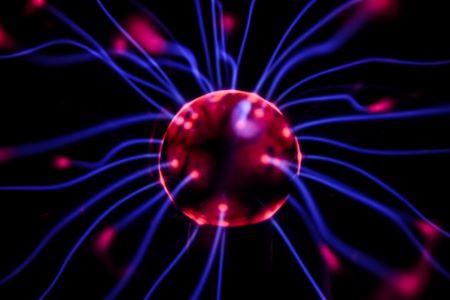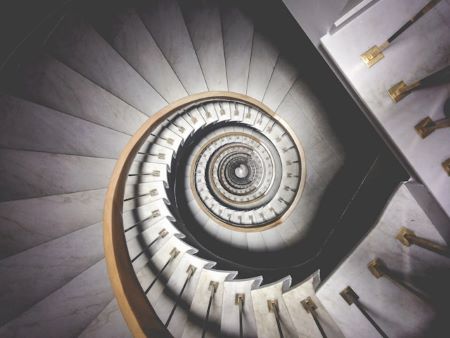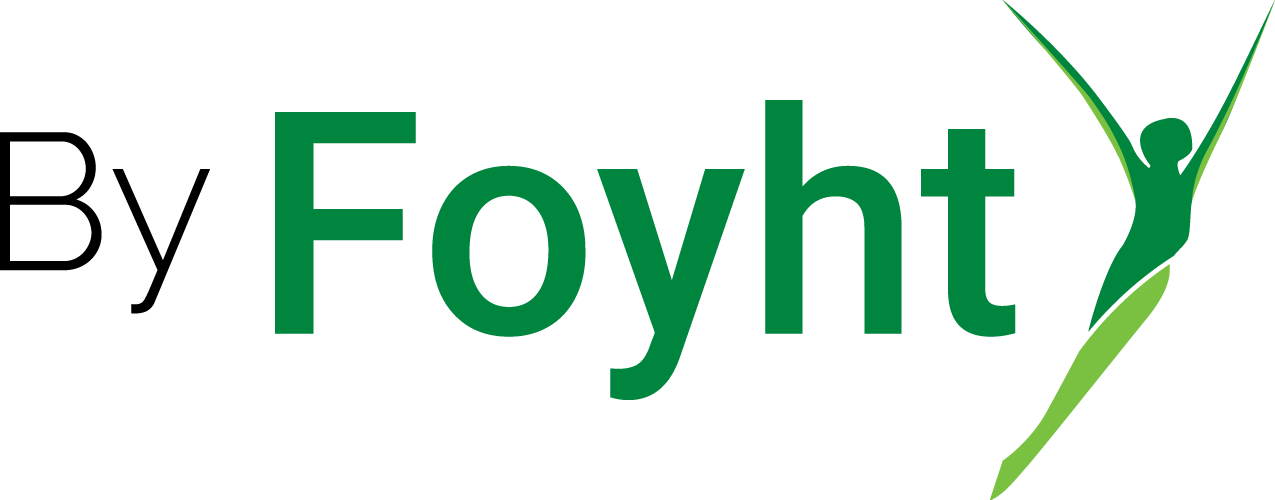…for Experienced Hypnotists
Self-hypnosis has long been a tool for tapping into the subconscious mind, enabling transformation, healing, and deeper self-understanding. As an experienced hypnotist, you’re already familiar with the profound effects of hypnosis on others.
But how often have you turned that skill inward to enrich your own life?
Mastering self-hypnosis takes your practice to a whole new level, offering opportunities for self-healing, personal growth, and heightened mental clarity.

In this article, we’ll explore self-hypnosis from a professional standpoint—highlighting advanced techniques to optimize its power, and how you can use it to access untapped layers of your mind.
What Is Self-Hypnosis?
Self-hypnosis is the practice of inducing a trance-like state within yourself to access the subconscious. It can be used for various purposes, from stress relief and habit-breaking to enhancing creativity and mental focus. For the experienced hypnotist, self-hypnosis is less about the mechanics of induction and more about intention, control, and the application of techniques to specific goals.
The beauty of self-hypnosis lies in its accessibility. You don’t need an external hypnotist to guide you, and the process can be done anywhere—be it at home, in your office, or even during a short break at work.
The Science Behind It
When you enter a state of hypnosis, your brain waves shift from the faster, more alert beta state to the slower alpha and theta states. These states are where creativity, relaxation, and subconscious programming thrive. As a seasoned hypnotist, you’re already attuned to this process in others, but self-hypnosis allows you to consciously tune into those deeper brainwave frequencies yourself.

Studies have shown that self-hypnosis can effectively lower stress, reduce anxiety, enhance focus, and even improve physical health outcomes. And because you’re both the subject and the hypnotist, the process can be highly personalized, attuned to your own rhythms, mental triggers, and specific goals.
How to Practice Self-Hypnosis
As an expert in hypnosis, you’re already familiar with induction techniques, deepeners, and how to engage the subconscious mind. What follows are some advanced steps and techniques tailored for the experienced hypnotist looking to optimize self-hypnosis:
1. Set Your Intention
The first step is to clearly define your goal. Whether you aim to reduce stress, break a habit, or gain insight into a particular area of your life, your intention will serve as the foundation for your session. As a seasoned hypnotist, you know that a clear intention strengthens focus and deepens the experience. Be specific and positive in your phrasing. Instead of “I will stop being stressed,” try “I am calm and in control.”
2. Choose the Right Environment
While you can perform self-hypnosis almost anywhere, the environment plays a critical role. Choose a space where you feel comfortable and free from distractions. Dim lighting, soft music, or white noise can help enhance relaxation and focus. Your mind, already trained to associate these elements with trance work, will more easily slip into a state of calm.
3. Start with Progressive Relaxation
Though experienced hypnotists can often drop into a trance instantly, it’s beneficial to ease into the state with progressive muscle relaxation. Starting from your toes and working your way up to your head, focus on releasing tension from each muscle group. By focusing on the physical body first, you’re signaling the mind to let go of any distractions and prepare for the deeper work ahead.
4. Use a Visualised Induction
As a pro, you’re familiar with traditional inductions, but self-hypnosis often works best with vivid, personal visualisations. One effective method is the staircase induction. Picture yourself descending a staircase, with each step taking you deeper into relaxation and mental clarity. Alternatively, envision a serene landscape where you feel utterly calm and safe—this visual anchor becomes the gateway to your subconscious.

5. Deepen the Trance
Once you’ve reached a relaxed state, deepen the trance further. Counting down from 10 to 1 while visualising each number pulling you deeper works wonders. As you count, allow each number to resonate within your mind, signaling a more profound level of calm and focus. For a more advanced technique, use “fractionation,” where you momentarily bring yourself back to slight awareness and then drop even deeper—this creates an incredibly deep trance.
6. Positive Self-Suggestions
Once in a deep trance, your subconscious is highly suggestible. Here’s where your experience comes into play. Craft your affirmations or suggestions with precision and clarity. These suggestions should align with your goal and be framed in the present tense. For example, if your goal is confidence in public speaking, you might say, “I speak with ease and clarity, and my words flow naturally.”
Ensure that your suggestions are simple, concise, and filled with positive language. Avoid any “negative” framing, such as “I won’t feel nervous,” because the subconscious tends to focus on the word “nervous.”
7. Visualise the Desired Outcome
After delivering your suggestions, visualise yourself experiencing your desired outcome. In our public speaking example, picture yourself standing in front of a crowd, speaking confidently, and receiving applause. As a professional hypnotist, you know the power of visualisation—it’s your direct line to the subconscious. Make this image as real as possible, engaging all your senses.
8. Return to Conscious Awareness
Once you’ve completed your self-hypnosis session, it’s time to return to conscious awareness. Begin by gradually counting yourself up from 1 to 5, feeling more awake with each number. Give yourself a few moments to adjust, allowing the suggestions and visualisations to settle in your subconscious.
Enhancing Your Self-Hypnosis Practice
To take your practice even further, consider these tips:
- Use Audio Cues: Record your own voice guiding yourself through the induction, deepening, and suggestion phases. This is particularly effective if you’re more auditory than visual in your internal processing.
- Self-Hypnosis Apps: There are several high-quality self-hypnosis apps available. As a professional, you can customize these sessions to meet your needs or even create your own scripts using these platforms.
- Experiment with New Techniques: Stay curious and experiment with more advanced techniques, such as mirror self-hypnosis, where you practice in front of a mirror to deepen self-awareness, or self-time distortion, where you alter your perception of time during a session for creative exploration.

The Transformative Power of Self-Hypnosis
For the experienced hypnotist, self-hypnosis is not just a tool—it’s a superpower. Regular self-hypnosis sessions offer you an unparalleled opportunity to align your conscious goals with your subconscious desires, enhance your professional practice, and evolve both personally and professionally. You already understand the profound impact hypnosis can have on others—imagine the possibilities when you turn that same power inward.
So, why not begin today?
After all, the greatest hypnotist you’ll ever work with is the one within you.
Watch My Free Self Hypnosis Webinar To Learn More
Main – Photo by MK Hamilton on Unsplash


